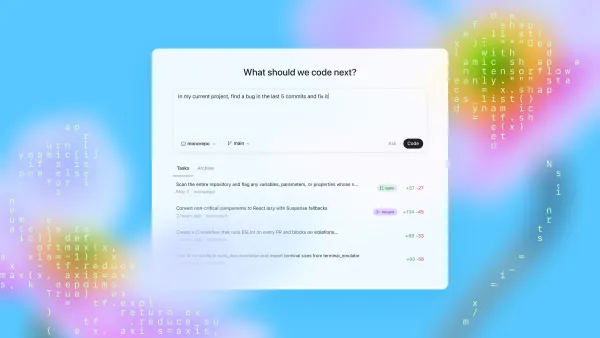7 Prompt Engineering Techniques to Sharpen Your ChatGPT Results

Effective communication with AI starts with clarity. To get useful AI answers, you need to ask great AI questions. This guide presents seven prompt engineering techniques with practical examples to help you transform ChatGPT (or any large language model) into a strategic ally.
1. Prioritize Precision in Your Prompts
Precision drives quality. Think of prompts as treasure maps—the more detailed they are, the better your results.
How It Works
- Include essential details: audience, timeframe, and context
- Add specific parameters to narrow scope and reduce irrelevant suggestions
Example ❌ Vague: "What trends affect inventory?"
✅ Specific: "How do seasonal shopping habits of millennials impact our sportswear inventory in Q4?"
Benefits
- Aligns insights with actual goals
- Saves time by filtering irrelevant responses
- Enables deeper follow-up questions
2. Embed Contextual Relevance
Context transforms generic answers into actionable insights. Anchor your prompts to real-world details to guide the AI toward relevant solutions.
How It Works
- Include industry norms, recent events, or company-specific language
- Provide markers that help the AI focus on what matters
Example ❌ Generic: "What is the sentiment around tech stocks?"
✅ Contextual: "Considering the latest privacy legislation, how are investors perceiving major tech companies this quarter?"
Benefits
- Increases response quality by tying to tangible scenarios
- Reduces guesswork and generic answers
- Delivers deeper strategic insights
3. Employ an Iterative Approach
Complex topics require layered exploration. Iteration reveals depth by peeling back information step by step.
How It Works
- Start with a general question
- Review the response
- Ask targeted follow-ups
- Repeat until you reach desired detail
Example Initial: "What are common causes of persistent abdominal pain?"
Follow-up: "Which of these are most likely in a patient with a history of gallstones and frequent bloating?"
Benefits
- Uncovers hidden details
- Creates structured discovery
- Allows mid-conversation adaptation
4. Use Positive Phrasing
Frame questions around solutions, not problems. This simple shift redirects AI thinking toward proactive ideas.
How It Works
- Emphasize opportunities over obstacles
- Use "How can we improve..." instead of "What's wrong with..."
Example ❌ Negative: "What's preventing our growth in Europe?"
✅ Positive: "How can we overcome barriers and expand our presence in Europe?"
Benefits
- Generates constructive, forward-looking answers
- Maintains creative momentum
- Avoids negativity loops
5. Structure Prompts Logically
Organization breeds clarity. Well-structured prompts lead to systematic, coherent responses.
How It Works
- Present queries in cause-and-effect or step-by-step format
- Use bullet points or numbering for complex questions
Example "We're experiencing a 3-day delay on East Coast shipments. Given:
- Shipping partners can increase capacity by 20%
- Budget for additional resources: $5,000 What changes can expedite deliveries within budget?"
Benefits
- Produces organized, digestible answers
- Reduces confusion
- Accelerates identification of crucial insights
6. Introduce Constraints Creatively
Constraints spark innovation. By defining limitations upfront, you ensure practical, feasible solutions.
How It Works
- State boundaries clearly (budget, time, resources)
- Request solutions ranked by metrics like ROI or complexity
Example "With $10,000 allocated for Q3 marketing, what high-ROI strategies should we prioritize to attract new customers?"
Benefits
- Encourages realistic solutions
- Helps prioritize actionable ideas
- Drives creative thinking within parameters
7. Formulate Hybrid Prompts
Cross-disciplinary thinking yields breakthrough ideas. Combine multiple fields to spark innovative solutions.
How It Works
- Blend two or more subjects in your prompt
- Encourage the AI to synthesize insights across domains
Example "How can we apply ecological conservation principles to design a more efficient stormwater drainage system for our city?"
Benefits
- Uncovers hidden connections
- Breaks down silos
- Offers fresh perspectives
Conclusion
These seven techniques—precision, context, iteration, positive framing, logical structure, constraints, and hybrid thinking—transform AI from a simple tool into a creative collaborator. Master these approaches to unlock more insightful, actionable responses that drive innovation and success.
Ready to push the boundaries of what AI can do? Start with better prompts.



